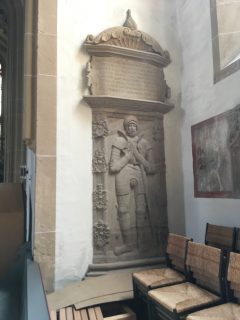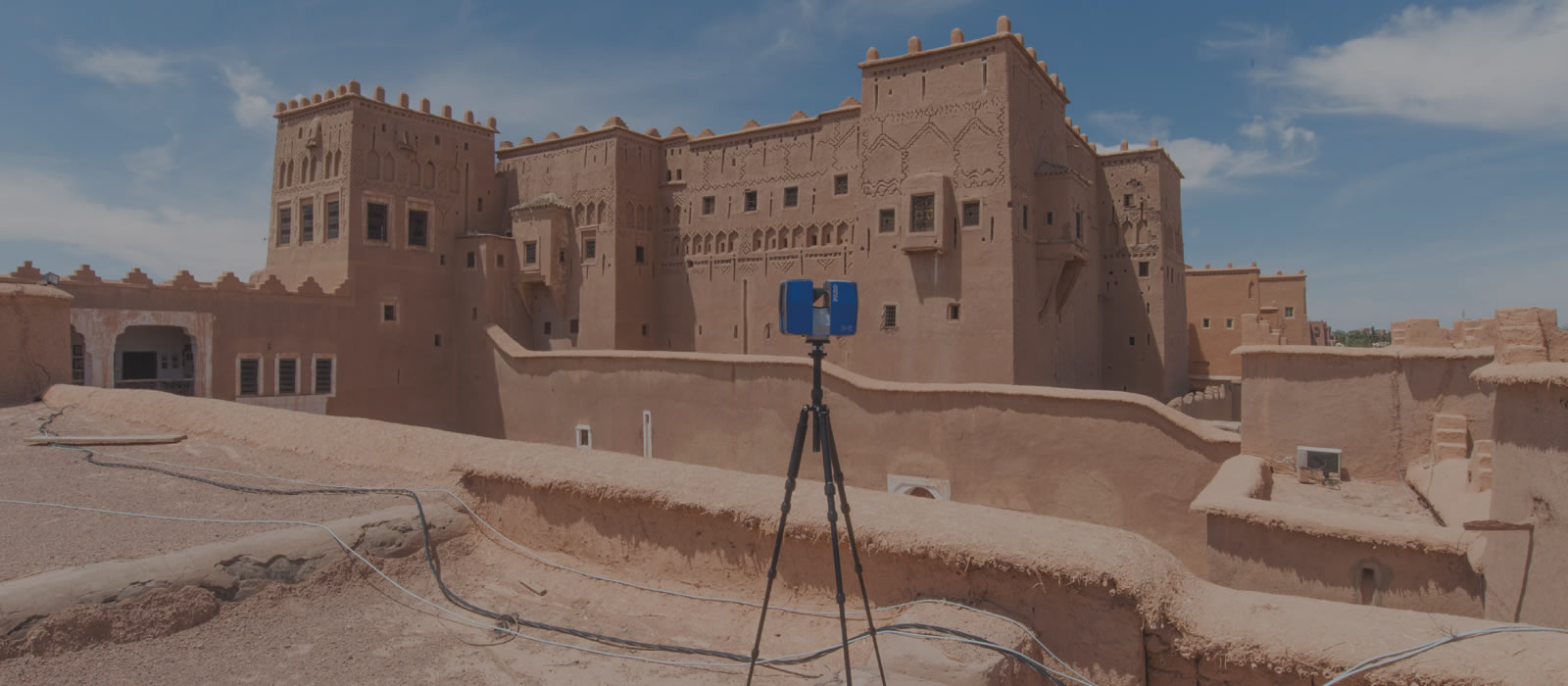MEMS 2001: Discovering the Medieval and Early Modern Past
- Carleton University, Fall 2022
- College of the Humanities
- (Minor in Medieval and Early Modern Studies)
- Prerequisites: None
Mondays and Wednesdays, 1:05 pm – 2:25 pm
Location: Southam Hall 317 (as of July 2022). Please confirm location on Carleton Central before the first class.
Professor: Dr. S. Bly Calkin
- Email: siobhain.calkin@carleton.ca
- Office: 1809 DT
- Phone: (613) 520-2600×2337
- Office Hours: TBD
Download the 2022 MEMS 2001 Preliminary Course Description.
Course Description:

Are you interested in the medieval and early modern past, and how it is imagined today? Would you like to make a medieval quill and try writing with it? Do you want to discover how scholars study the world as it was between 500 and 1700 CE? Do you want to learn more about what was actually happening then and how those centuries infuse the world around us today? If so, then this is the course for you.
MEMS 2001 introduces students to the arcane world of the medieval and early modern past, preparing you for more advanced interdisciplinary research in the field. We focus initially
on popular representations of the medieval past, which reveal broad themes about modern understandings of the Middle Ages and Renaissance. But our larger goal is to question these images of the medieval and early modern world, to excavate some of that world’s intellectual origins and global historical realities, and to learn how the rich tapestry of medieval and early-modern culture is studied today.
We will begin by reading and talking about what we think the medieval and early modern periods are, where they turn up in the contemporary world, and what pre-conceptions we have about these periods.

In late September we will move to a unit entitled Researching the Medieval and Early Modern Worlds I: People, Places, Things, and Events, and what Secondary Sources Can Tell You About Them. In this unit, students will learn through their own project work what a trustworthy scholarly source is, how to find and access such sources for the medieval and early modern periods, and what these sources say about some key events, people, places, and things from the period 500-1700 CE.
In November, we move to the final unit, entitled Touching the Past, or Researching the Medieval and Early Modern Worlds II: Primary Sources and How to Approach Them. In this unit, we will learn about manuscripts, early print texts, and other direct material records of the medieval and early modern past, and consider how people today use media and material culture from that past to learn about life back then. We will participate in some workshops on quill-making and printing, work with manuscript and early print holdings from the Library’s Rare Books Department, and hear from professors in different disciplines about what they study and how.
